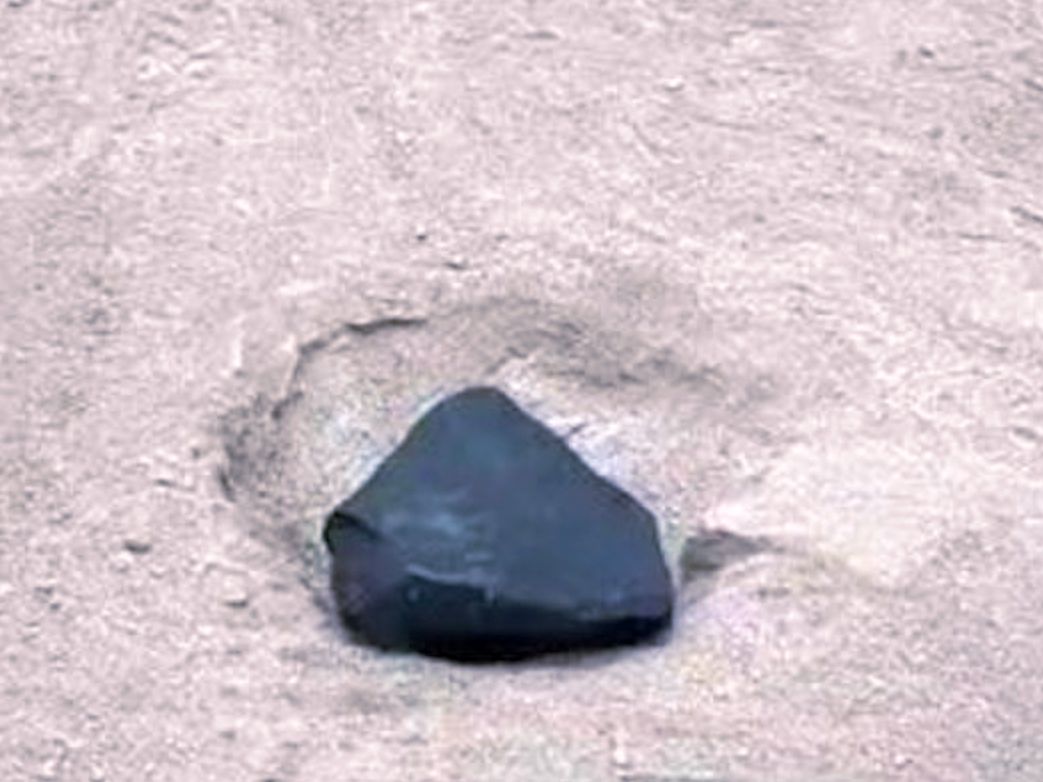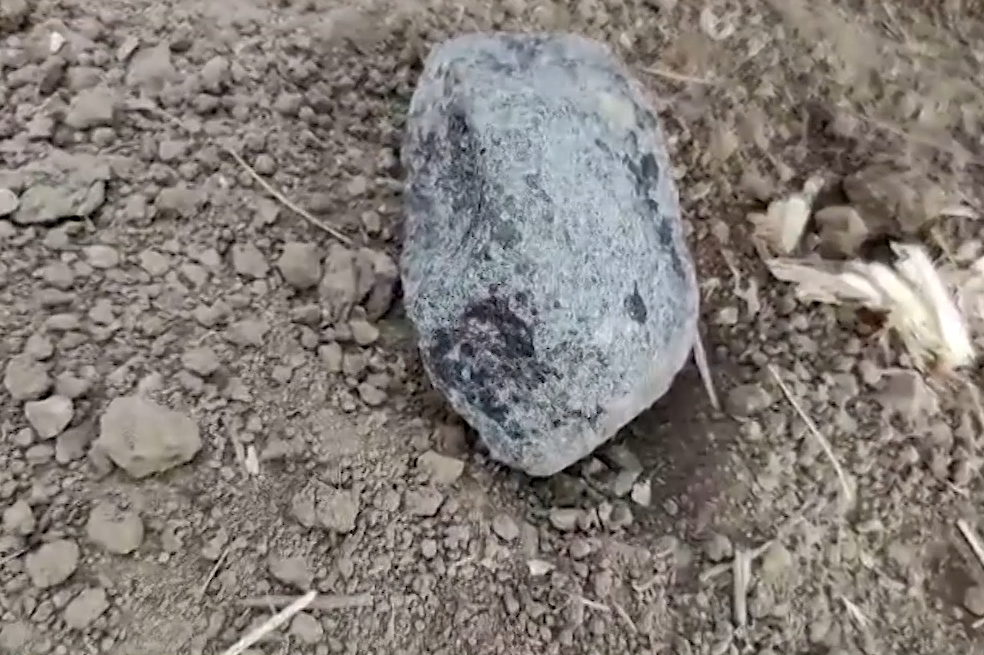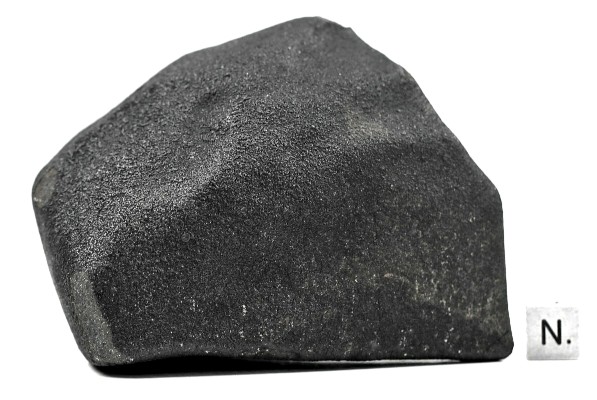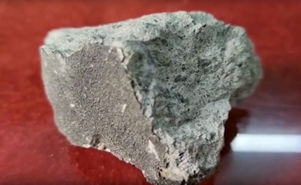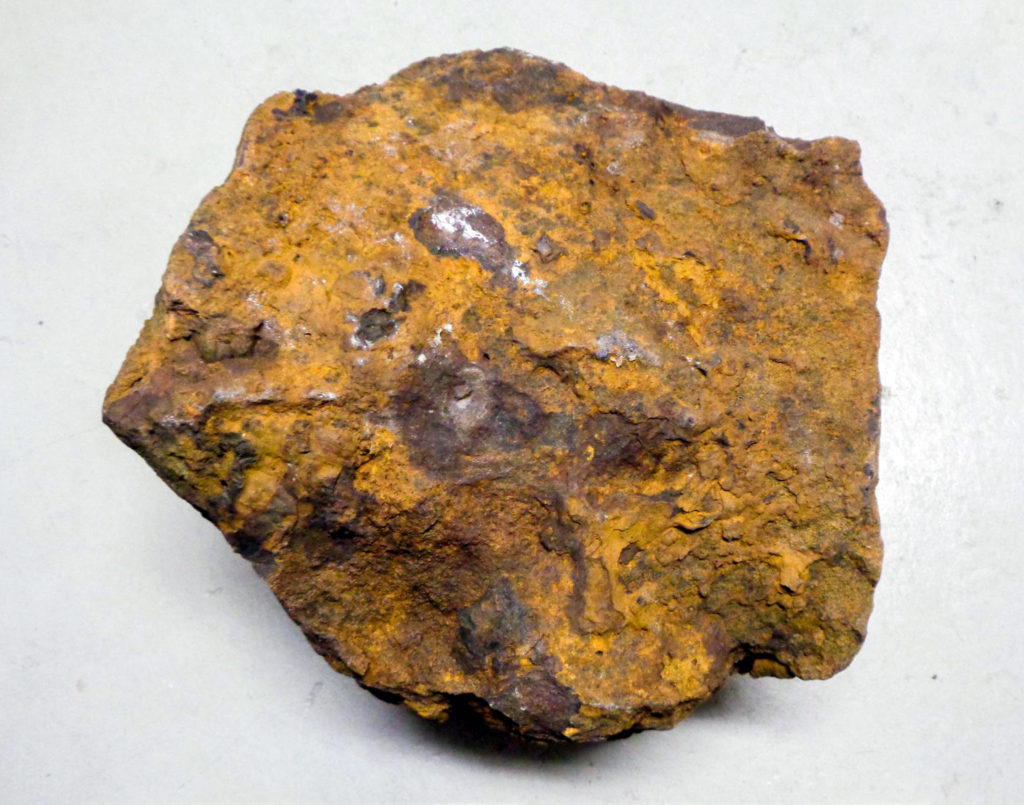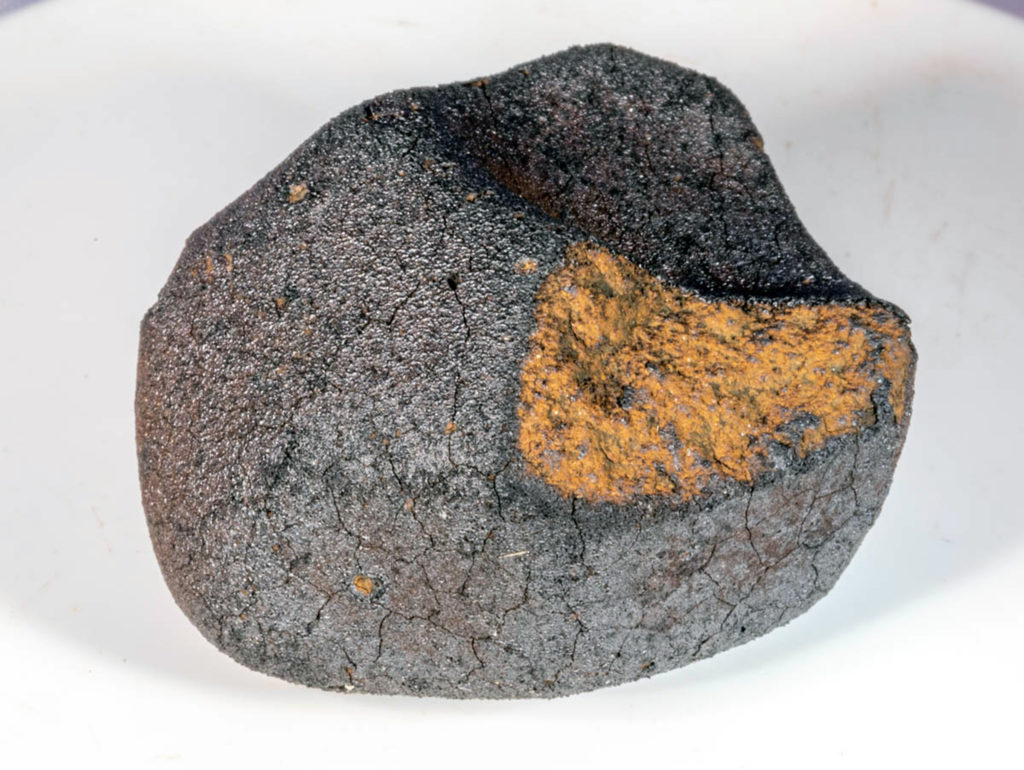The atmospheric entry of cometary impactorsOPEN ACCESS
Richard J Anslow, Amy Bonsor, Zoe R Todd, Robin Wordsworth, Auriol S P Rae, Catriona H McDonald, Paul B Rimmer
accepted for publication in MNRAS
“Cometary impacts play an important role in the early evolution of Earth, and other terrestrial exoplanets. Here, we present a numerical model for the interaction of weak, low-density cometary impactors with planetary atmospheres, which includes semi-analytical parameterisations for the ablation, deformation, and fragmentation of comets. Deformation is described by a pancake model, as is appropriate for weakly cohesive, low-density bodies, while fragmentation is driven by the growth of Rayleigh-Taylor instabilities. The model retains sufficient computational simplicity to investigate cometary impacts across a large parameter space, and permits simple description of the key physical processes controlling the interaction of comets with the atmosphere. We apply our model to two case studies. First, we consider the cometary delivery of prebiotic feedstock molecules. This requires the survival of comets during atmospheric entry, which is determined by three parameters: the comet’s initial radius, bulk density, and atmospheric surface density. There is a sharp transition between the survival and catastrophic fragmentation of comets at a radius of about 150m, which increases with increasing atmospheric surface density and decreasing cometary density. Second, we consider the deposition of mass and kinetic energy in planetary atmospheres during cometary impacts, which determines the strength and duration of any atmospheric response. We demonstrate that mass loss is dominated by fragmentation, not ablation. Small comets deposit their entire mass within a fraction of an atmospheric scale height, at an altitude determined by their initial radius. Large comets lose only a small fraction of their mass to ablation in the lower atmosphere.”

